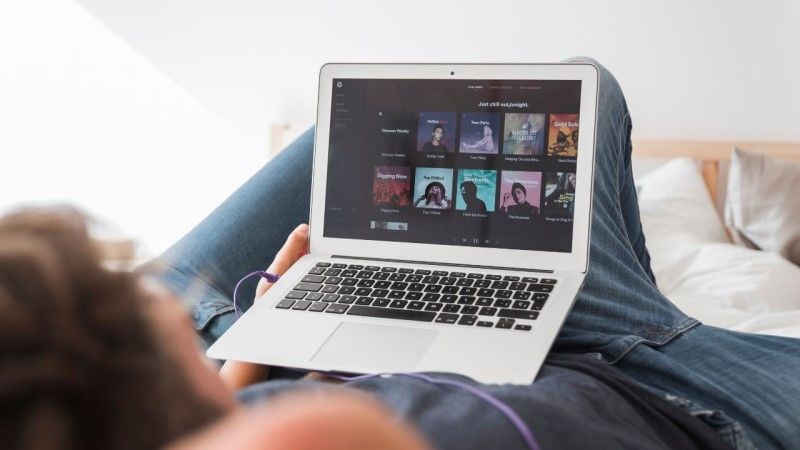Radio Airplay Royalties play a significant role in the revenue stream for musicians and songwriters. These royalties are payments made to artists and rights holders whenever their music is played on the radio. This article will explore the intricacies of Radio Airplay Royalties, including how they are calculated, who is eligible, and the organizations involved in their distribution.
What Are Radio Airplay Royalties?
Radio Airplay Royalties refers to the earnings that musicians, songwriters, and music publishers receive when their songs are broadcast on radio stations. These royalties are essential for compensating artists for the public performance of their work. The payment system is governed by performance rights organizations (PROs) such as ASCAP, BMI, and SESAC in the United States.
The primary function of these PROs is to monitor radio airplay, collect royalties from radio stations, and distribute these earnings to the rightful owners. Regardless of whether the artist is independent or signed to a major label, the system aims to ensure fair compensation based on the frequency and extent of airplay.
How Are Radio Airplay Royalties Calculated?
The calculation of Radio Airplay Royalties involves several factors. Firstly, PROs track the number of times a song is played on the radio. This data is collected through digital monitoring systems and direct reports from radio stations. Once the airplay data is gathered, royalties are calculated based on a combination of the station's revenue and the number of times the song is played.
For instance, a song played on a high-revenue station will earn more royalties compared to a low-revenue station. This ensures that artists receive a fair share based on the exposure and commercial value generated by their music.
Role of Performance Rights Organizations (PROs)
Performance Rights Organizations like ASCAP, BMI, and SESAC are pivotal in the distribution of Radio Airplay Royalties. These organizations represent songwriters, composers, and music publishers, ensuring that they receive fair compensation for the use of their works.
ASCAP, for example, negotiates royalty rates with radio stations and licenses the public performance rights of its members’ works. This process involves legal agreements and regular audits to ensure compliance and accuracy in royalty distribution.
Comparing Independent and Major Label Artists' Royalties
A common question is whether independent artists receive lower Radio Airplay Royalties compared to those signed to major labels. In the U.S., the royalty rates are standardized and regulated by statutory licenses. This means that all artists, regardless of their label affiliation, receive the same rate per play from radio stations.
However, the total earnings can differ based on the artist's popularity and the number of plays their songs receive. Independent artists often have fewer plays compared to major label artists, which can result in lower overall royalties. Nevertheless, the rate per play remains consistent.
The American Music Fairness Act and Its Impact
The American Music Fairness Act is a proposed legislative change aimed at ensuring fair compensation for recording artists. Under the current system, terrestrial radio stations (AM/FM) are not required to pay performance royalties to recording artists and producers. This contrasts with digital platforms like internet radio and streaming services, which do pay these royalties.
If enacted, the American Music Fairness Act would mandate that terrestrial radio stations also pay performance royalties to recording artists. This change would create an additional revenue stream for artists, potentially increasing their overall income from radio airplay.
How Often Does ASCAP Pay Royalties?
ASCAP distributes royalties twelve times a year, ensuring regular payments to its members. These distributions are categorized into four payments for writer members, four for publisher members for U.S.-based performances, and four for international performances. This frequent payment schedule helps artists maintain a steady income stream.
Steps to Find Radio Station Royalties
To find out the specific details of a commercial radio station's performance rights license and the royalties paid to artists, you can follow these steps:
- Contact PROs: Reach out to organizations like ASCAP, BMI, and SESAC to inquire about licensing and royalty information for specific radio stations.
- Research Station Information: Gather detailed information about the radio station, including its name, location, and ownership.
- Contact the Radio Station: Directly inquire about their performance rights license and royalty payment procedures.
- Consult Industry Resources: Use industry publications, websites, and forums to gain insights into performance rights licensing and royalty payments.
- Network with Professionals: Connect with industry professionals who may have relevant information or contacts within radio stations and PROs.
The ASCAP Payment System
ASCAP operates on a "follow the dollar" basis, meaning the money collected from radio stations is paid out for radio performances. The organization uses advanced technologies to monitor and track airplay data, ensuring accurate and fair royalty distributions. ASCAP's transparency and efficiency in handling royalties make it a reliable PRO for many artists.
Maximizing Exposure as an Indie Artist
Independent gospel recording artists can leverage both digital streaming platforms and commercial radio airplay to maximize exposure and return on investment. Each platform offers unique benefits:
Digital Streaming Platforms:
- Wide Reach: Platforms like Spotify and Apple Music have a global user base.
- Discoverability: Playlists and algorithms help new listeners find your music.
- Direct Access: Independent artists can upload music directly.
- Analytics: Detailed data helps artists understand their audience.
U.S. Commercial Radio Airplay:
- Mass Appeal: Radio stations have a broad listener base.
- Credibility: Airplay on reputable stations enhances artist credibility.
- Local Targeting: Stations can target specific regions and demographics.
Artists can combine these strategies to build a comprehensive marketing plan. Digital platforms can help build an initial audience, which can then be leveraged to secure radio airplay and further increase exposure.
Conclusion
Radio Airplay Royalties are a crucial component of an artist's income, providing compensation for the public performance of their music. Whether independent or signed to a major label, artists receive standardized royalty rates from radio stations. Understanding the role of PROs and leveraging both digital and traditional platforms can help artists maximize their revenue and reach. By staying informed and proactive, artists can navigate the complexities of Radio Airplay Royalties and ensure fair compensation for their creative work.
This post contains affiliate links, meaning we may earn a commission if you make a purchase through our links, at no extra cost to you. Your contribution helps sustain our blogging and supports our efforts to provide informative and valuable information. Even though Devine Jamz Gospel Network receives compensation for our posts or advertisements, we always give our honest opinions, findings, beliefs, or experiences on those topics or products. The views and opinions expressed on this website are purely of Devine Jamz Gospel Network. Any product claim, statistic, quote or other representation about a product or service should be verified with the manufacturer, provider or party in question.
Related Posts:
 Grammy-Winning ALYA Impacts Programmatic Audio Platforms
Grammy-Winning ALYA Impacts Programmatic Audio Platforms  Faith-Based Recording Artists Access To Economic Opportunities
Faith-Based Recording Artists Access To Economic Opportunities  Exciting News: Celebrating the Impact of AngelicVoicesMusic’s New Music Video “Why Not” ft Asim I.I.
Exciting News: Celebrating the Impact of AngelicVoicesMusic’s New Music Video “Why Not” ft Asim I.I.  “This Is the Day that the Yah Has Made” – by Minister John E. Black
“This Is the Day that the Yah Has Made” – by Minister John E. Black  Interview with “Mariah.” on Her New Release ‘Maybe’
Interview with “Mariah.” on Her New Release ‘Maybe’  Revolutionize Your Grant Writing With Dr. Eunice Moseley
Revolutionize Your Grant Writing With Dr. Eunice Moseley  Why Recording Artists Need a Website for Control, Exposure, and Revenue
Why Recording Artists Need a Website for Control, Exposure, and Revenue  Promote Christian Gospel Music With The Best Digital Assets
Promote Christian Gospel Music With The Best Digital Assets



